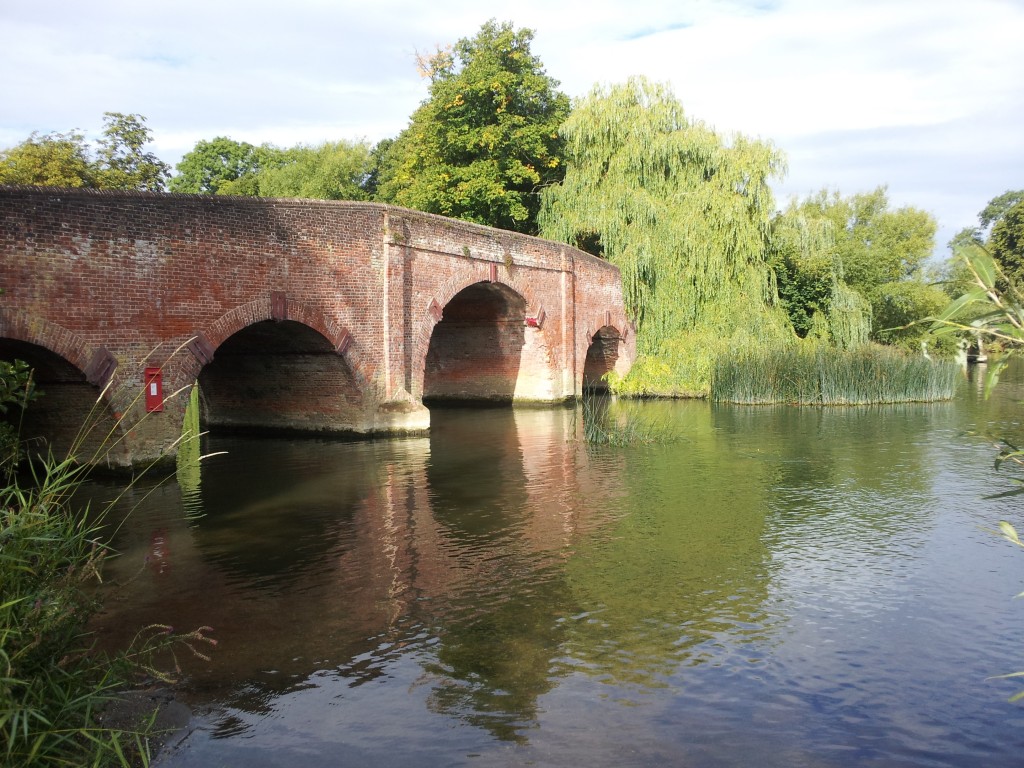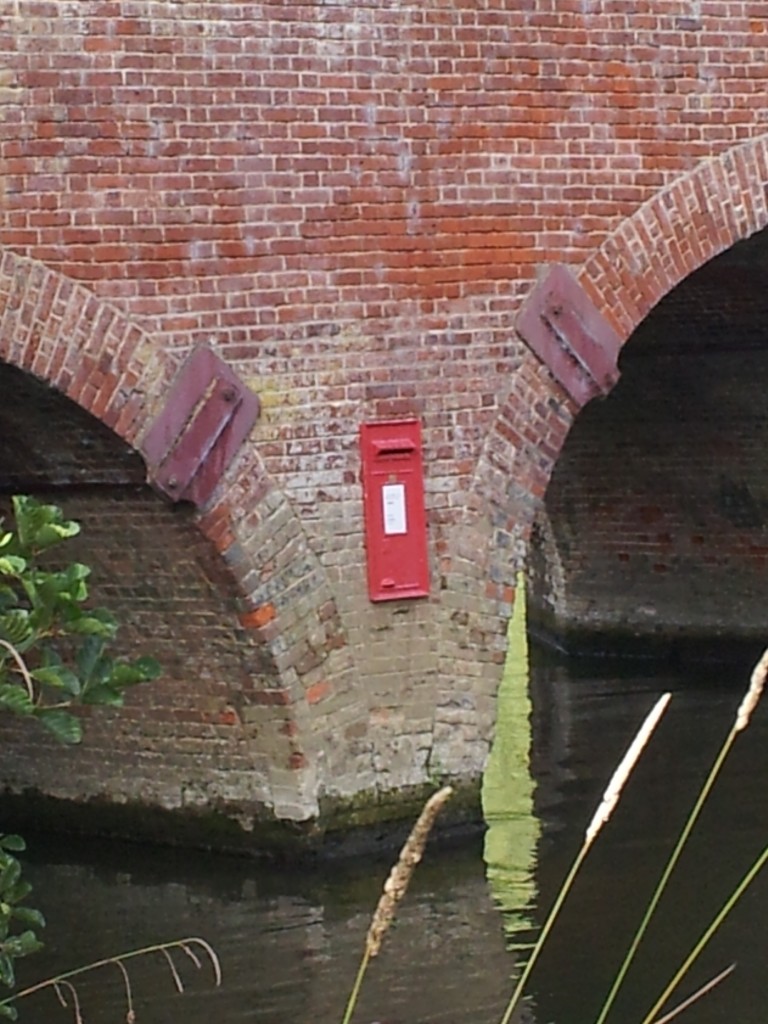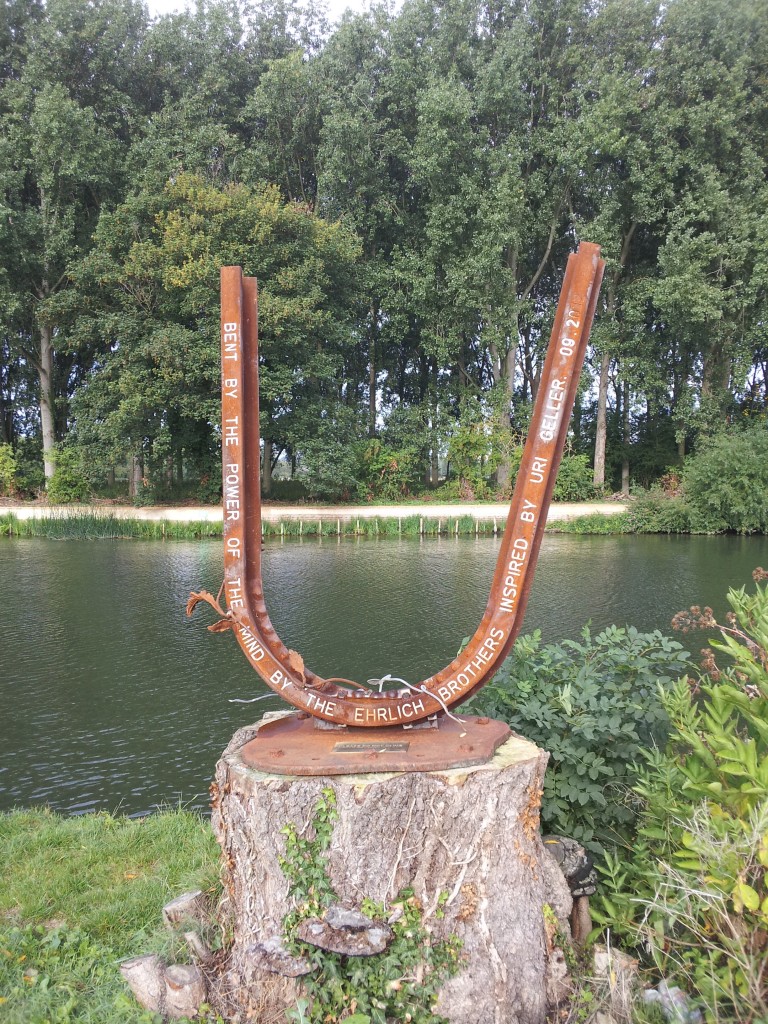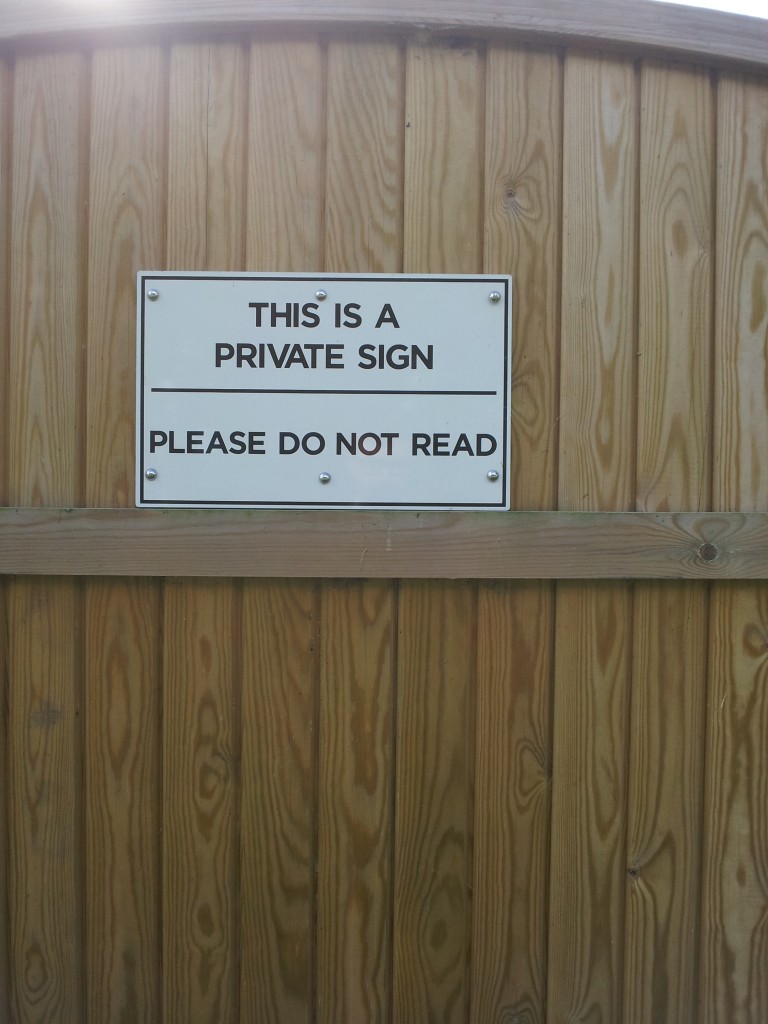I live in the Thames Valley, an attractive area of England found to the west of London. It is generally an affluent place, but it contains little spots, clustered near the river, where you can almost smell the vast amounts of money and power. The Fat Duck (the “world’s best restaurant”) is in the little village of Bray, site of a small cluster of Michelin stars that shine on the conspicuously expensive cars in the car parks.
The village of Sonning-on-Thames is a little like Bray. It has swanky restaurants from which middle-aged men stagger with women young enough to be daughter (but no-one would wear a skirt *that* short to a family meal). Unlike Bray, it is not just a temple to gastronomy but also a place where normal people live. But the landscape here has been shaped by its powerful residents, modern and old.
I live in adjacent Woodley, separated from Sonning by the Great Western Railway. This marvel of Victorian engineering spread out from London’s Paddington station (home to marmalade-loving bears) west to Wales, Bristol and far-flung Cornwall. The ground-breaking engineer Isambard Kingdom Brunel was adept at dealing with hills and valleys, but he was forced to back-down when faced with the Power of Property. In Berkshire, the Great Western Railway closely follows the river Thames, and the logical route into Reading would take it through Sonning. However, the local MP Robert Palmer1, owned land on the route, was opposed to the railway and refused to allow it through. The only solution was to make a more direct route into Reading, passing through the small hill above Sonning.
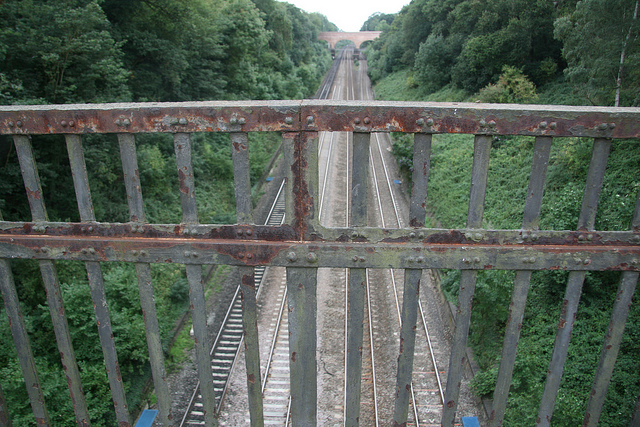
Sonning Cutting. Image from Pete Reed under Creative Commons.
Originally a tunnel was planned, like the one through Box Hill that was being built at the same time further west. However Sonning’s rocks are gravels and muds, sitting above the Chalk. These layers, the Reading Beds and London Clay are barely rock and too soft to take a tunnel. So Sonning Cutting was created, dug by hand over several years.
A lovely spot now, it had an inauspicious start. Several men were killed building it and within a few years it was the site of the world’s first major rail disaster. After heavy rain, a small landslide derailed the train and 8 people, travelling in an open Third class carriage were killed. A faint tang of death lingers still, even though it has been widened and the slopes safely un-steep and wooded. My favourite bridge over it had low sides with holes in it. Peer through it with a small boy and slow-moving train drivers would wave and toot. The large sign for the Samaritans suicide hotline was a sombre reminder why this is known as Suicide Bridge. Current modifications to increase the height of the sides (as part of electrification of the line) will remove a lovely view, but perhaps for the best.
I crossed the Cutting to visit Sonning recently to view a Postbox. It’s not a real one. It sits on the side of bridge, reachable only from the fast-flowing river Thames. From a distance it is a very convincing Royal Mail post box. What is its purpose? Is it a reference to the impending sale of the Royal Mail, being sold down the river? According to a friendly dog-walker, it is likely connected to a local pub – a similar one had appeared on the wall there recently. Who else but the landlord of the nearest pub would most benefit from the media attention and increased visitors this mystery post box has generated?
The bridge is ‘listed’, meaning it is protected by law. Sadly this means that any unauthorised changes must be removed. Friendly dog-walker and I agreed that this was a shame, the world should have more stylishly pointless things in it.
The media coverage of this anonymous piece of art was blighted by a modern powerful resident of Sonning. The BBC news article has Sonning resident Uri Geller centre stage. Famous for bending spoons, this “self-proclaimed psychic” told the BBC “he suspected it may have been placed there by the ghost of a small girl which reputedly haunts the bridge”.
If you walk a small distance from the bridge you encounter imposing fencing covered in keep-out signs. His massive house sits on the hill above, bringing to mind H. L. Mencken’s quote “Nobody ever went broke underestimating the intelligence of (the American) people”. On the river bank there is an absurd sculpture of a bent railway sleeper ‘bent by the power of the mind … inspired by Uri Geller’.
This lying piece of egomania was ‘donated to the people of Sonning’. A indication that they might not be entirely grateful comes from this wonderful sign on the imposing fence around his property.
Sonning has long been shaped by the powerful men who live there. I look forward to seeing more counter-balancing signs of the anonymous and the subversive sprout there.

